-webp.webp)
10 Facts About King Menes: The Founder of Ancient Egypt
King Menes, also known as Narmer, is considered the legendary first king of unified Ancient Egypt and founder of the First Dynasty. As one of the most important figures in Egyptian history, King Menes played a crucial role in shaping the foundations of ancient Egyptian civilization. In this article, you will learn 10 facts about King Menes and his reign, achievements, legacy, and historical significance.
Unravel the story of King Menes.
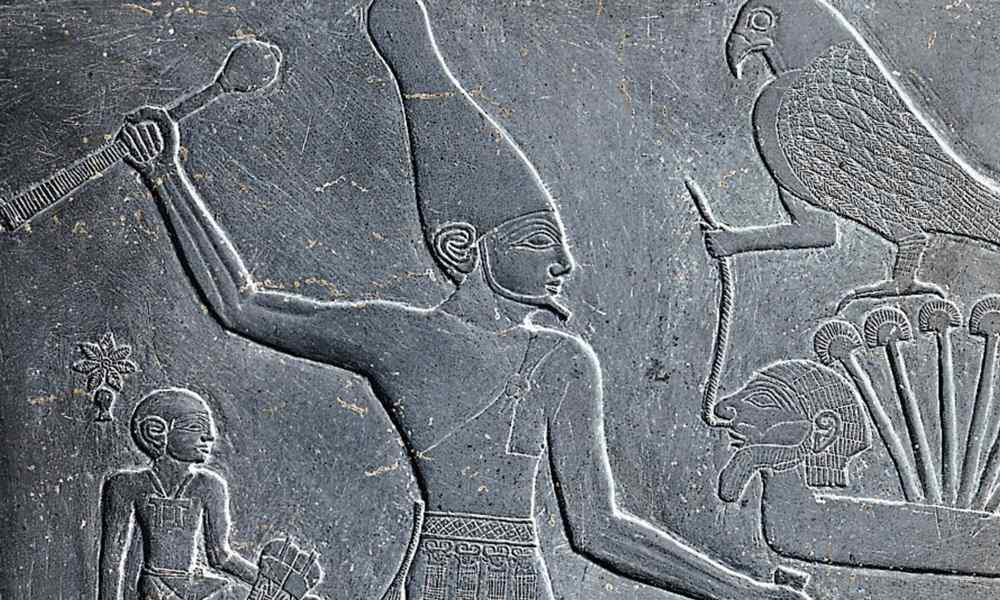
King Menes holds a major position in Egyptian history. To many, he is considered to have founded ancient Egypt as a united kingdom. His achievement provided the stepping stone for one of the longest-living civilizations in the world. Let us now consider some of the more intriguing facts about this fabled monarch.
10 facts about King Menes: a brief overview
Here is a summary of the 10 most important facts about King Menes:
- Unified Upper and Lower Egypt.
- Founded the First Dynasty of Egypt.
- Founded Memphis as the capital.
- Often associated with the Narmer palette.
- Wore the double crown of Egypt.
- Ruled during the early dynastic period.
- Contributed to the development of the Egyptian administration.
- His reign was decisive for the development of ancient Egyptian civilization.
- Is surrounded by several myths and legends.
- His legacy is the founder of a united Egypt.
A timeline of King Menes and the early dynastic period
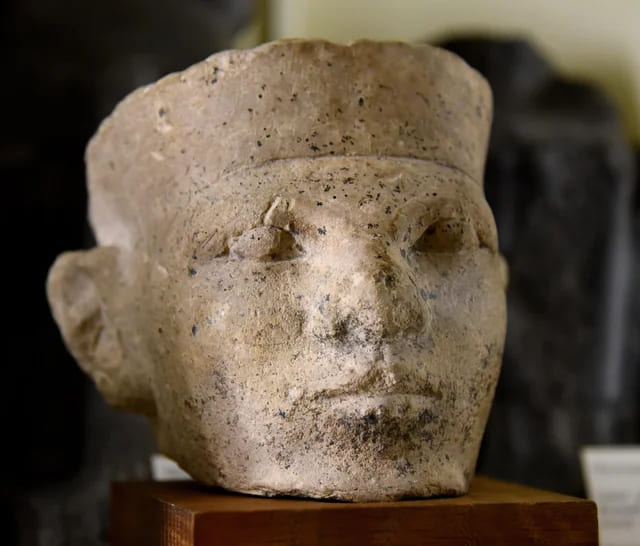
An understanding of Ancient Egypt's chronology, particularly of the Early Dynastic Period, places King Menes in context. Because the dates cannot be ascertained for this period with much precision, the timeline below uses approximate dates as a general guideline according to present scholarly information. It must be considered that such dates are always under further research and debate.
|
Period/Event |
Approximate Date (BCE) |
Key Developments |
|
Predynastic Period |
c. 5500-3100 |
The gradual development of agriculture, social structures, and early forms of writing. Emergence of distinct cultural centers in Upper and Lower Egypt. |
|
Unification of Upper and Lower Egypt |
c. 3100 |
Traditionally attributed to Menes (or Narmer), this event marks the beginning of the First Dynasty and the unified Egyptian state. |
|
Early Dynastic Period (Dynasties 1-2) |
c. 3100-2686 |
Consolidation of royal power, development of hieroglyphic writing, construction of monumental architecture, and establishment of Memphis as the capital. |
|
Estimated Reign of Menes |
c. 3100-2900 (Variable) |
Menes's rule included the founding of Memphis, the establishment of administrative systems, and laying the groundwork for subsequent dynasties. |
1. Unification of Upper and Lower Egypt
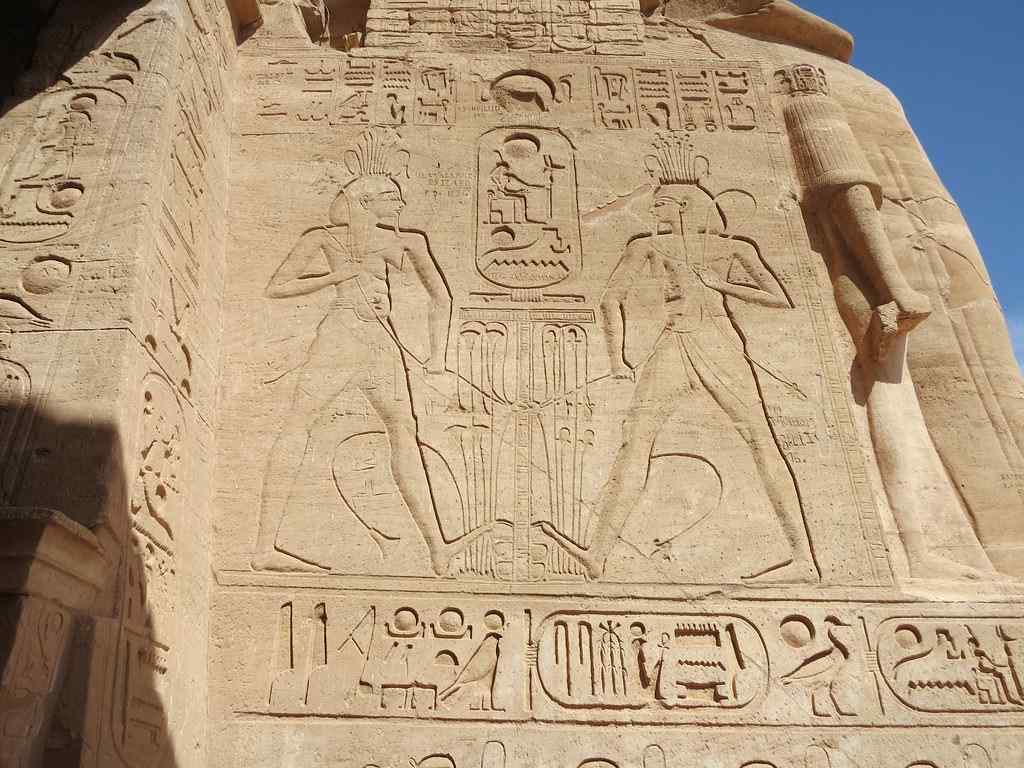
The unification of Upper and Lower Egypt by King Menes around 3100 BC, therefore initiating the Early Dynastic period, was a critical achievement. This momentous event laid the foundations for the creation of a centralized state that would survive into the millennia to come.
"King Menes unified the two lands into one under a single crown, thus founding for the first time the ancient Egyptian civilization we know." - Dr. Zahi Hawass, one of the world-renowned Egyptologists.
The unification process probably involved both military conquests and diplomatic alliances. There is evidence that Menes, who originally came from Upper Egypt, gradually extended his control northwards until he was able to claim dominion over both regions. This agreement had far-reaching consequences:
- Creation of a centralized government
- Standardization of administration and religious practices
- Development of a uniform writing system (hieroglyphics)
- Expansion of trade networks throughout the Nile Valley
The one that symbolized this unity was the famous "double crown," the White Crown of Upper Egypt combined with the Red Crown of Lower Egypt. The powerful symbol was worn by the pharaohs for thousands of years to remind themselves of Menes's legacy.
2. Foundation of Memphis

After the unification of Egypt, King Menes founded the city of Memphis as the capital of his new kingdom. Strategically located at the apex of the Nile Delta, Memphis served as an important administrative and cultural center for centuries.
Legend has it that Menes chose the site of Memphis after diverting the course of the Nile to create suitable land for the city. Though this story is more myth than fact, it underlines the king's reputation as a great builder and engineer.
Memphis soon became a bustling metropolis with many attractions:
- The Royal Palace complex
- Important religious temples
- Administrative buildings
- Busy marketplaces
- Artisan workshops
The establishment of the capital at Memphis contributed to the centralization of power in one strong state. The location itself helped to keep both Upper and Lower Egypt in control.
3. Introduction of new religious practices
He is believed to have systematized many religious practices that would later become the very pivot of ancient Egyptian culture. The most important developments are:
- Establishment of state cults for certain deities
- Building elaborate temples and shrines
- Writing down religious rituals and offerings
- Introduction of the concept of divine kingship
Most importantly, perhaps, Menes helped to instill the concept in the minds of his people that the pharaoh was not only the political ruler but also a living god on earth. The concept of divine kingship which was thus established ran right through ancient Egyptian history and determined the relationship between the pharaoh and his subjects.
"In placing himself as both a political and religious leader, Menes laid the ground for the complex theology that would typify ancient Egyptian civilization for millennia." - Dr. Emily Teeter, Egyptologist.
4. Development of royal iconography
King Menes played an important role in the development of royal iconography and the symbols that would later represent pharaonic power. Many of these symbols remained in use for over 3,000 years. Some key elements are:
|
Symbol |
Meaning |
|
Double Crown |
Unification of Upper and Lower Egypt |
|
Serekh |
Royal name enclosure |
|
Horus Falcon |
Divine protection and kingship |
|
Was Scepter |
Power and dominion |
|
Crook and Flail |
Kingship and divine authority |
In addition to being the representation of the king's power, all these symbols served somewhat to legitimize the ruler before his people. In devising such a strongly identifiable visual language for kingship, Menes was establishing traditions that would be followed by generations of pharaohs.
5. Economic and administrative reforms
Apart from his political and religious reforms, King Menes introduced very important economic and administrative reforms that helped in the consolidation of the newly formed state. This included but was not limited to:
- Introduction of a centralized tax system
- Development of a standardized system of weights and measures
- Promotion of trade with neighboring regions
- Development of irrigation projects to improve agriculture
- Establishment of a professional bureaucracy to manage state affairs
These reforms created a more effective and prosperous kingdom, which prepared the ground for the great achievements of the Old Kingdom that were to follow.
10 Interesting Facts About Hatshepsut
6. Military campaigns and expansion
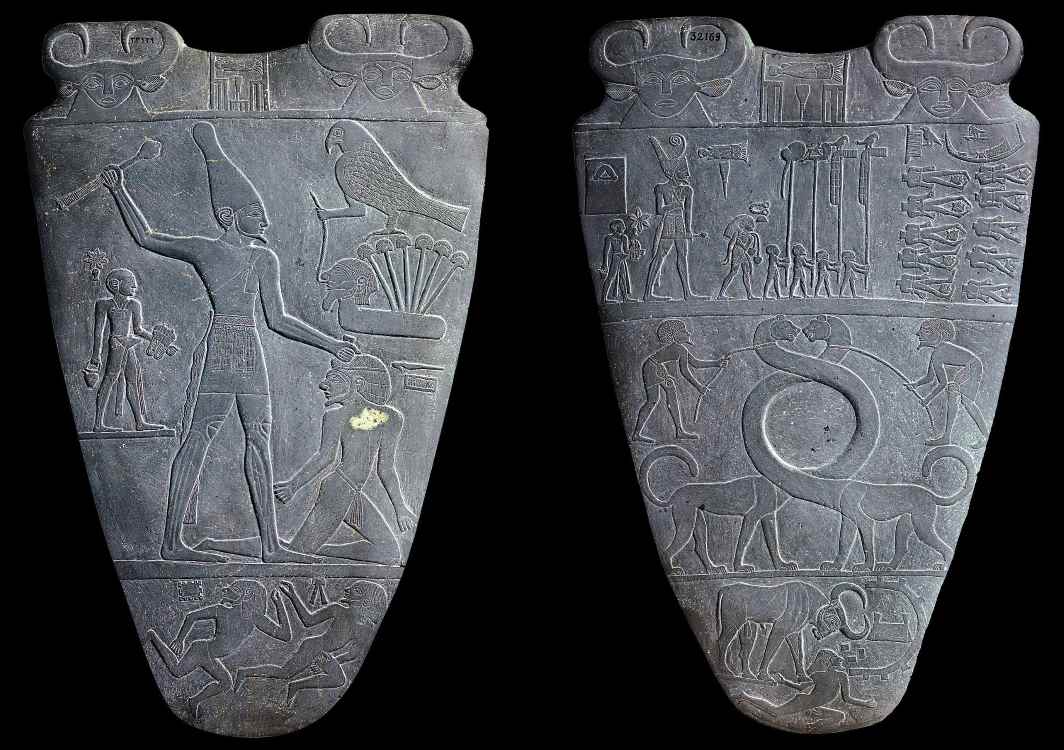
Although most of Menes' reign was internal development, he still made military expeditions to ensure Egypt's borders were safe and its influence spread further. Some of his military campaigns include:
- Campaigns against Nubian tribes in the south
- Expeditions to the Sinai Peninsula to secure valuable mineral resources
- Possible conflicts with Libyan tribes in the western desert
These military actions helped to establish Egypt as a regional power and secured important trade routes and resources for the growing kingdom.
7. Artistic and cultural heyday
During the reign of King Menes, ancient Egypt gained an enormous boost in art and culture. For many artistic traditions that dominated Egyptian civilization for ages onwards, this was their beginning. A few significant developments include:
- Elaboration of hieroglyphic writing
- Advances in stonemasonry and sculpture
- Development of distinctive architectural styles
- Elaboration of luxurious methods of burials and the construction of tombs
- Emergence of complex mythological narratives
Of all the known objects associated with his reign, perhaps the most famous is the Narmer Palette, a ceremonial palette bearing images of conquest and unification by the king. This slate palette, carved with intricate care, offers rich insights into the art, symbolism, and events of the time.
8. Legendary status and later depictions
In time, King Menes had gained a nearly mythical status in Egyptian culture. Later dynasties viewed him retrospectively as the founder of Egyptian civilization and the model ruler. This legendary status gave rise to several stories and myths about his reign:
- The legend of the crocodile: One legend has it that Menes, pursued by a pack of wild dogs, crossed a lake on the back of a crocodile to save his life. In return, he then founded the city of Crocodilopolis and established the worship of the crocodile god Sobek.
- Divine descent: In later traditions, Menes is considered a direct descendant of the gods, and this again reinforces the idea of divine kingship.
- Cultural hero: indeed, Menes was credited with the introduction of many aspects of civilization, such as writing, religious rituals, and even the art of luxury living.
Though this is probably exaggeration and partly later inventions, these stories nevertheless show the huge impact Menes had on Egyptian cultural memory.
9. Debate about historical identity
Despite his importance in Egyptian history, the historicity of King Menes remains a highly debated issue among scholars. Some of the most important points of contention include:
- Menes vs. Narmer: Many Egyptologists believe that "Menes" was a title or alternate name for King Narmer, whose name appears on early artifacts such as the Narmer Palette.
- Combination of several rulers: It is still possible that "Menes" is the name that comes from the joining of early kings into a single, mythical ruler.
- Fewer contemporary evidence: Few direct contemporary records about "Menes" are available to make one believe in the truth of these later historical traditions.
This debate, therefore, shows the difficulty in researching such an ancient period of history and how further archeological research is needed to find more evidence about Egypt's earliest rulers.
10. Legacy and influence on Egyptian history
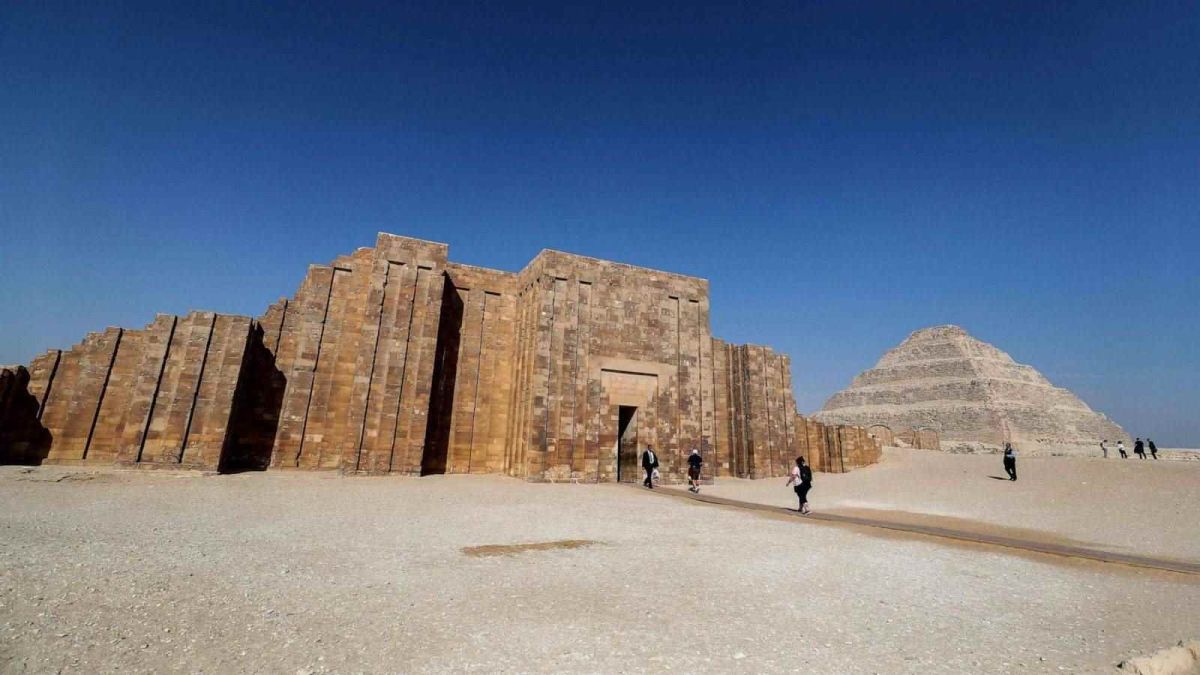
The legacy of King Menes extended well beyond his lifetime, going on to shape the course of Egyptian history for thousands of years. Some of the long-lasting effects include:
- Political structure: the unitary state that Menes established served as a model during all subsequent periods in Egyptian history.
- Religious concepts: The religious novelties of Menes's time, especially divine kingship, stood at the center of Egyptian theology to the end of the pharaonic period.
- Cultural identity: The unification of Upper and Lower Egypt created a single Egyptian cultural identity that lived on even during those periods when the country was under foreign control or internally divided.
- Many of the artistic and architectural conventions introduced during the reign of Menes influenced Egyptian art for millennia.
- Historical memory: Menes remained an important figure in the Egyptian historical consciousness and was often invoked as the ideal ruler and founder of civilization.
He left an indelible mark on world history with the founding of so many features of ancient Egyptian civilization. The reign of King Menes heralded the beginning of one of the longest-lived and most influential civilizations of the ancient world.
Quotes from Egyptologists
Dr. Zahi Hawass is an Egyptologist "King Menes united the two lands, under one crown, in whose very person lay the very foundation of ancient Egyptian civilization as we know it."
Dr. Emily Teeter, Egyptologist "By placing himself in both political and religious contexts, Menes lays the foundation for the complex theology that will shape the civilization of ancient Egypt for millennia to come."
Dr. Toby Wilkinson, Egyptologist, author:
"The unification of Egypt under the rule of King Menes was one of the watershed moments in the history of humankind and, literally, the birth of one of the first great civilizations of the world."
Dr. Mark Lehner is the Director of Ancient Egypt Research Associates.
"The Narmer Palette is an extremely important artifact to come out of ancient Egypt that tells us so much about this king called Menes and the unification process of Egypt".
Further insights into the era of Menes
- Region of the Nile Valley: The Nile Valley was the heart and center of ancient Egypt. The river offered the best arable land. The place also represented an excellent route of communication. Menes's grip of the Nile Valley area was significant for the unification and flourishing of Egypt.
- Trade with the adjacent southern Canaan: During the early dynastic period, Egypt established vast trade relations with adjacent southern Canaan. This established useful resources and cultural exchange.
- This is the double crown: the red crown of Lower Egypt and the white crown of Upper Egypt; together they represented the unification of the two lands and the pharaoh's authority over all of Egypt.
Economic effects of King Menes’ reign
The unification of Upper and Lower Egypt by King Menes brought about not only political stability but also laid the foundation for an economy that flourished. During his reign, a centralized state was born that placed great emphasis on economic growth and resource management. The following are the most important aspects of the economic impact of King Menes' reign.
Expansion of trade
Establishment of trade networks
King Menes was instrumental in the development and extension of Egyptian trade networks. By unifying the Two Lands, a single, coherent market was created wherein exchange between Upper and Lower Egypt was effectuated. To this internal trade was added foreign trade with independent neighboring areas, the most important being Nubia and the Levant.
The role of the Nile River
The Nile was the lifeblood of the Egyptian economy. Menes used this natural artery to transport goods such as grain, gold, and linen. The river also enabled Egypt to establish trade routes with distant lands and bring exotic goods such as cedar wood and incense into the kingdom.
Developments in agriculture
Innovations in irrigation
Agriculture was the backbone of ancient Egypt's economy. King Menes introduced advanced irrigation techniques that would make much use of the fertile soils along the Nile. He built canals and basins to store water during high-water seasons for use in crop cultivation during dry periods.
Diversification of the harvests
Under Menes, farmers began to grow a greater variety of crops, including wheat, barley, and flax. Besides improving food security, these crops provided valuable raw materials for trade. Flax, for example, produced linen, one of Egypt's most valuable exports.
Management of resources
Centralized control
Centralization of resource management was one of the most important economic reforms Menes had undertaken. He had a bureaucracy to distribute resources, making sure that all parts of the kingdom were given the essential goods.
Mining and quarries
Mining and quarrying were prominent during the kingship of Menes. For example, men extracted Nubian gold used in construction schemes and traded commerce, and some Tura limestone for the making of the stones of building; resources which improved the kingdom and embodied its richness.
Distribution of wealth
Equitable distribution of resources
King Menes pursued the policy of distributing wealth in his kingdom evenly. He centralized the collection of taxes and distribution of resources to not allow regional inequalities, which would have kept economic stability.
Temples and public works
Part of the kingdom's wealth was invested in temples and public buildings, which, apart from their religious and administrative purposes, also provided work for the residents. This means that the construction of Memphis gave an impulse to the economic cycle and made the prosperity of the kingdom visible.
Conclusion
King Menes stands as a giant in the beginnings of ancient Egyptian civilization. It was he, by his military strength, political intelligence, and cultural changes, who managed to join both Upper and Lower Egypt, building up the structures for a state that was to last long for millennia. With the particulars of his reign shrouded in obscurity, the consequences of what he achieved can still be traced within the extensive, rich history of Ancient Egypt.
From the unification of the Two Lands to the founding of Memphis, from religious reform to artistic flourishing, Menes changed things in his reign. His legacy, as the first king of Egypt, lives on to thrill historians, archeologists, and public opinion even to this day.
As further archeological discoveries and scientific research continue to shed new light on this pivotal period in history, our understanding of King Menes and the very roots of ancient Egyptian civilization will no doubt continue to evolve. What is certain, however, is that this remarkable ruler had a profound and lasting impact on one of the world's greatest ancient civilizations.

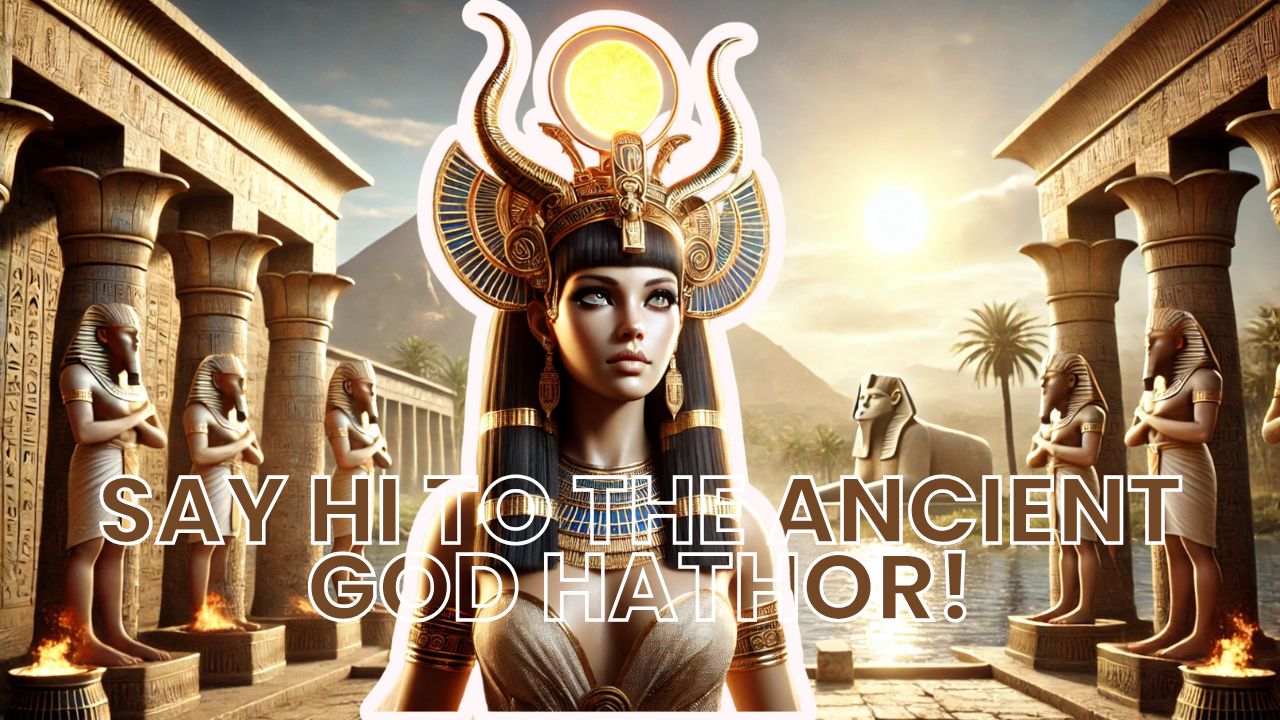
.webp)






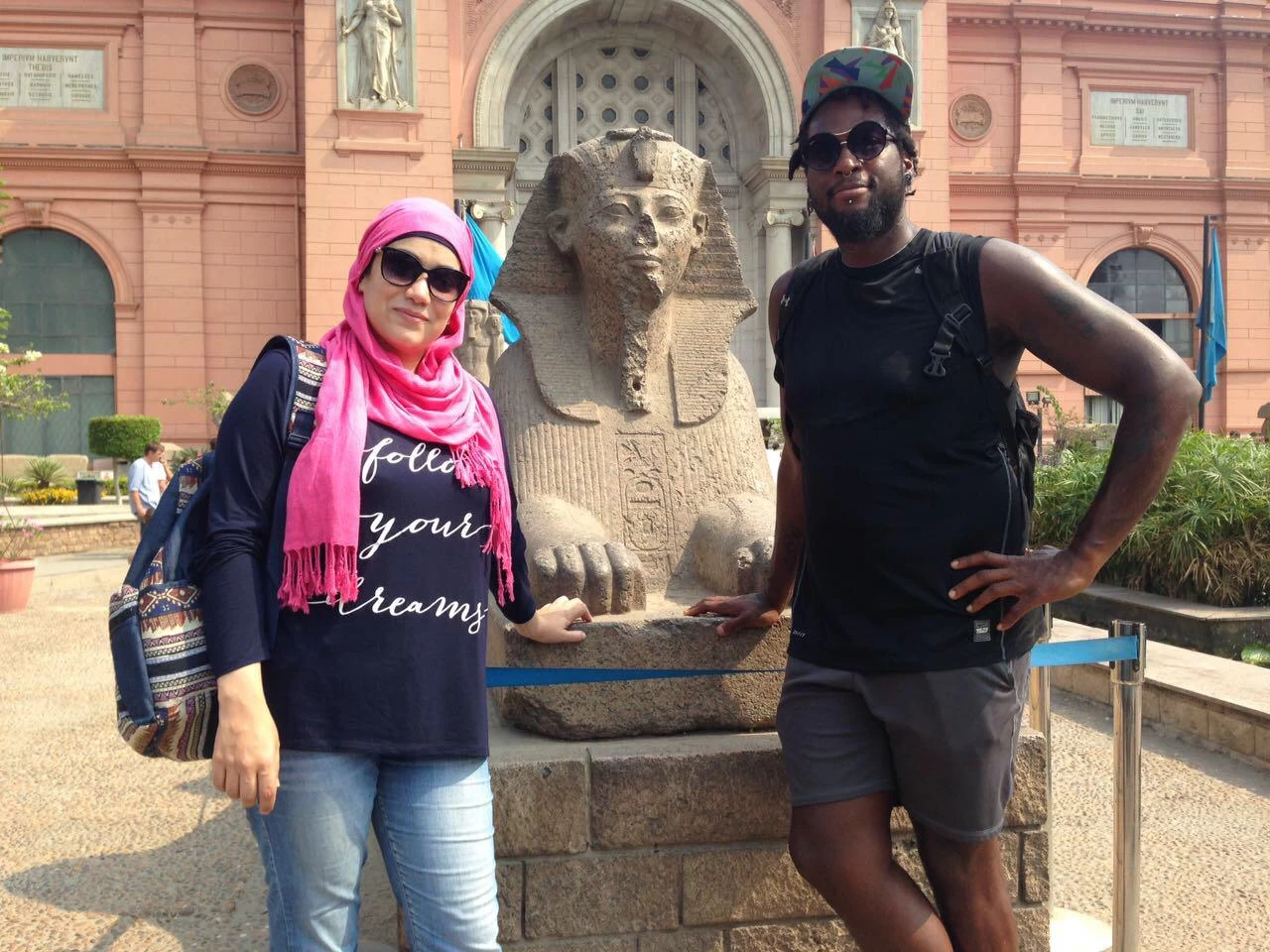

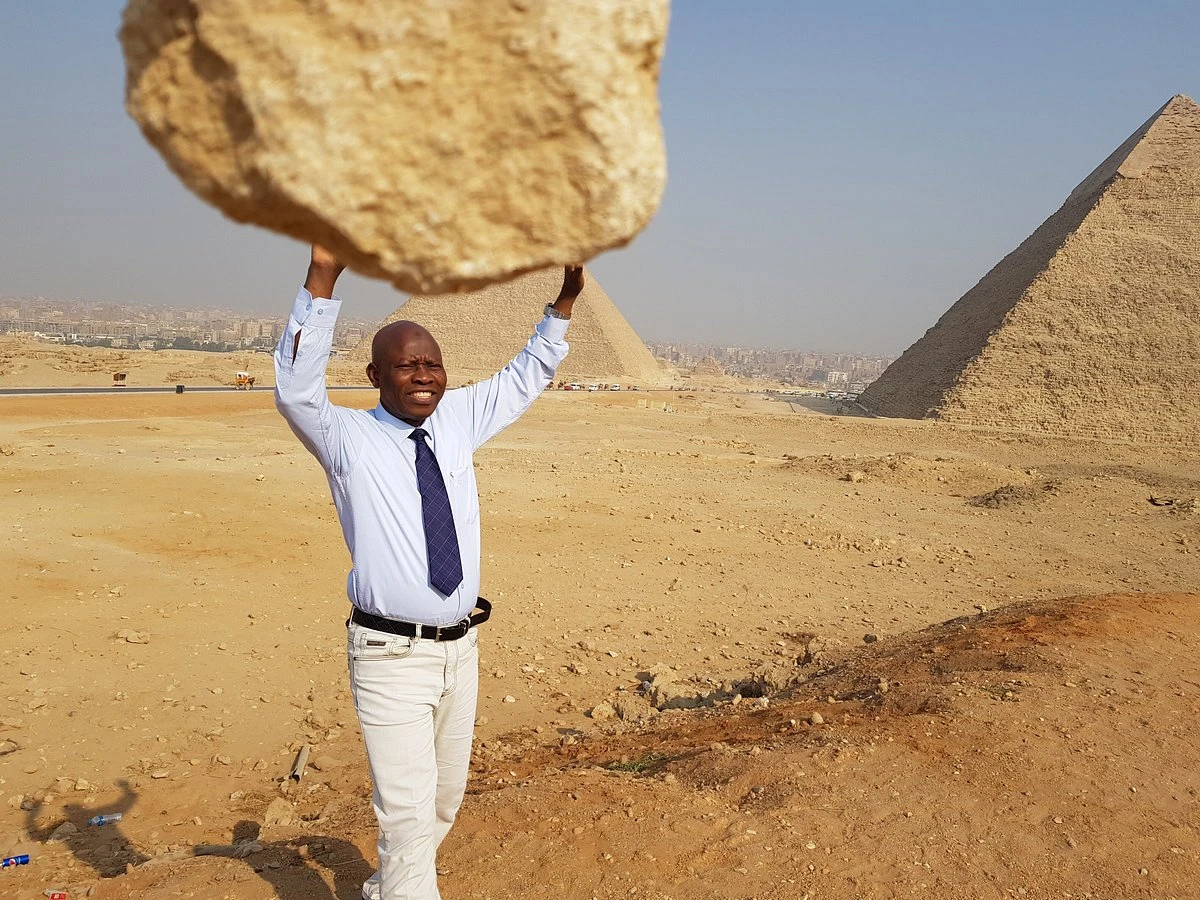
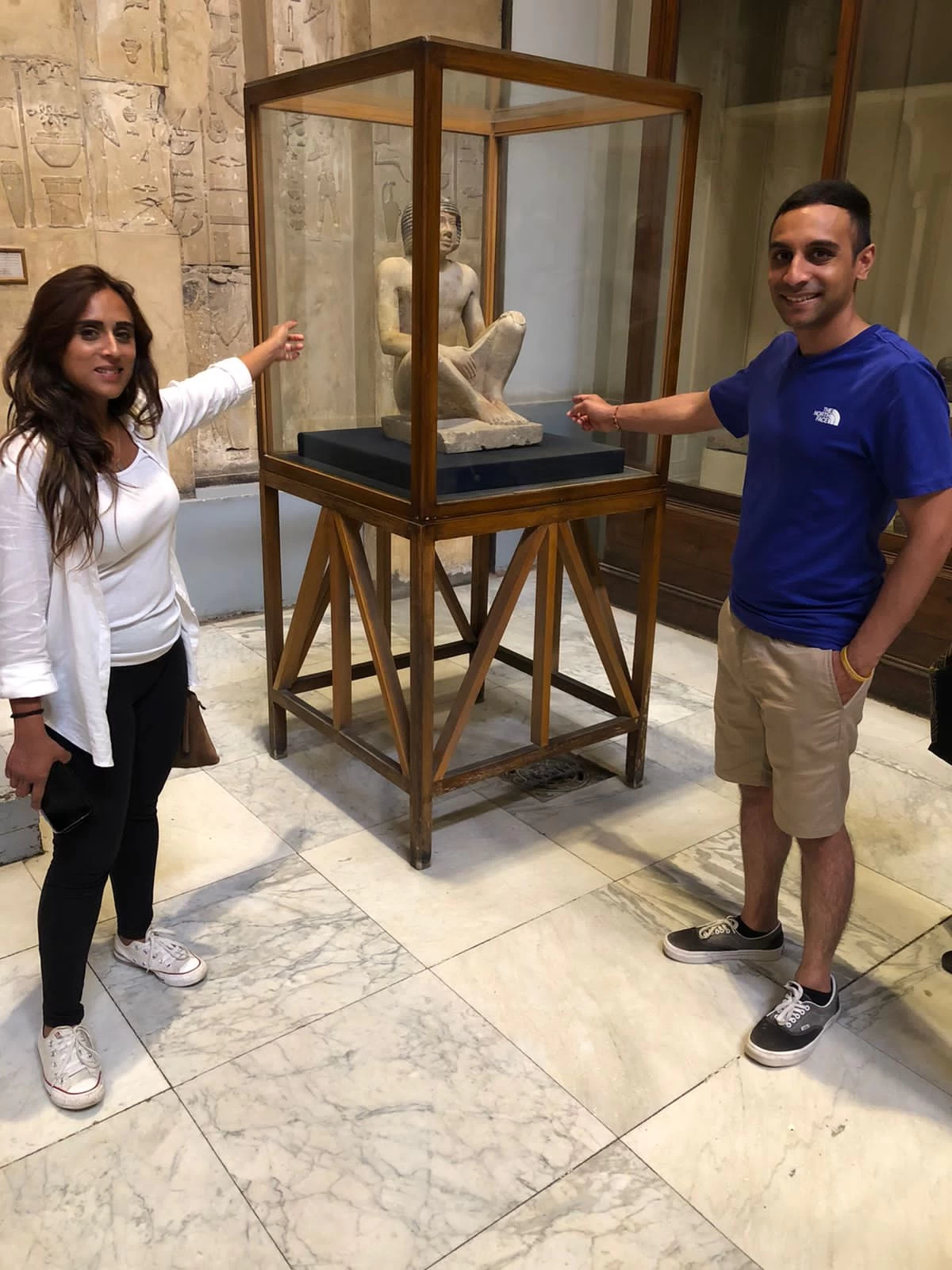

-webp.webp)

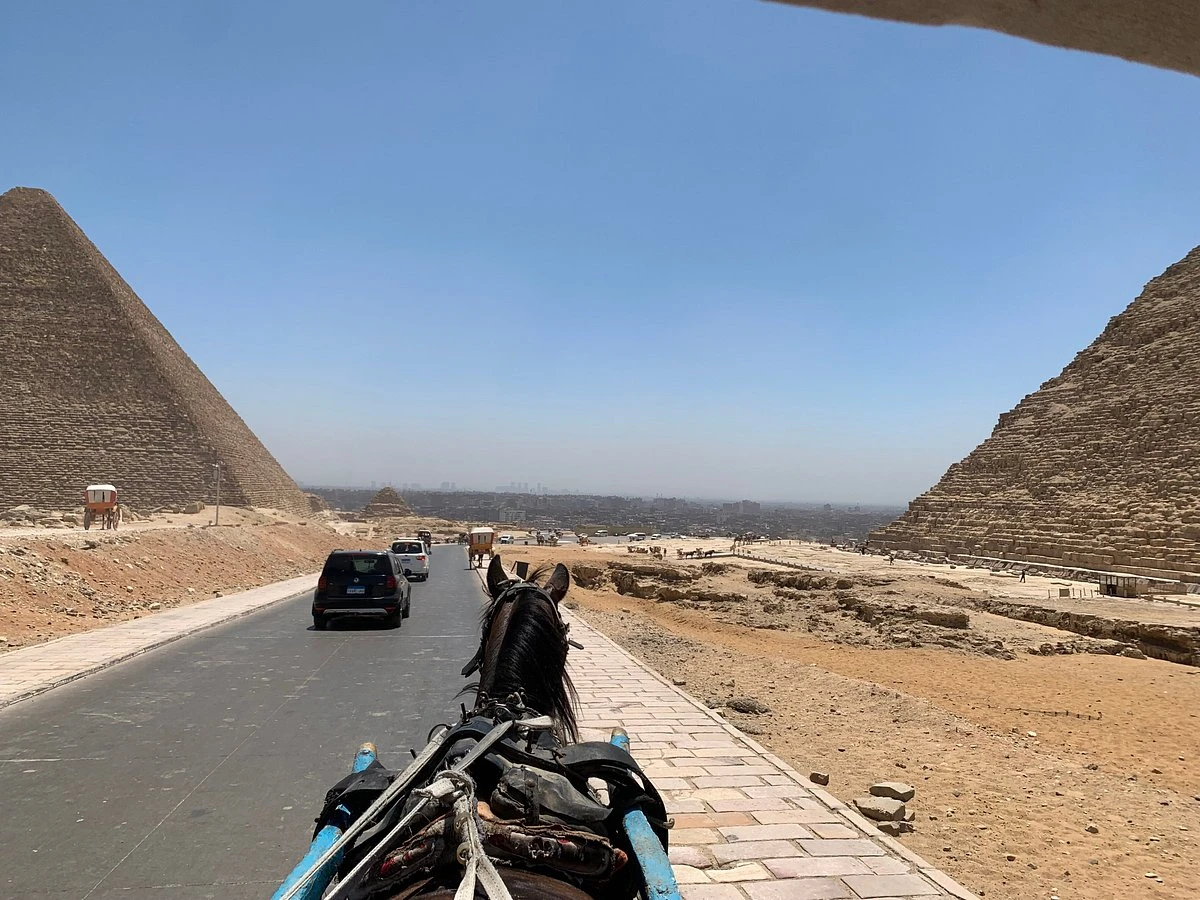
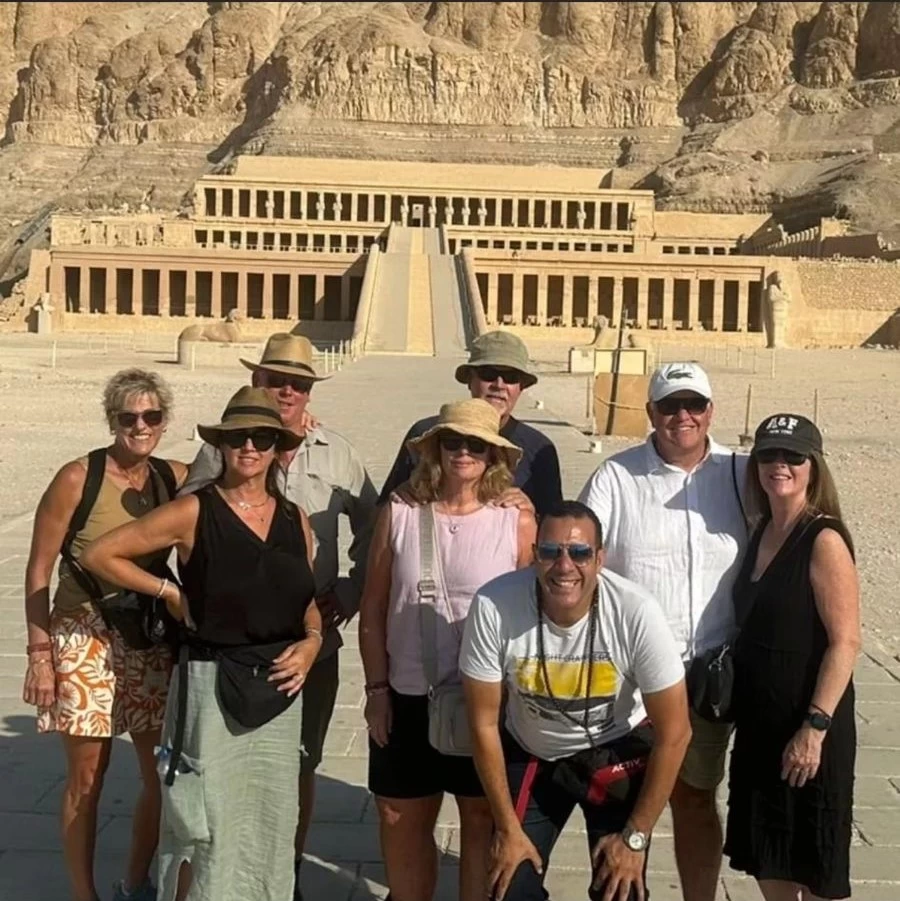
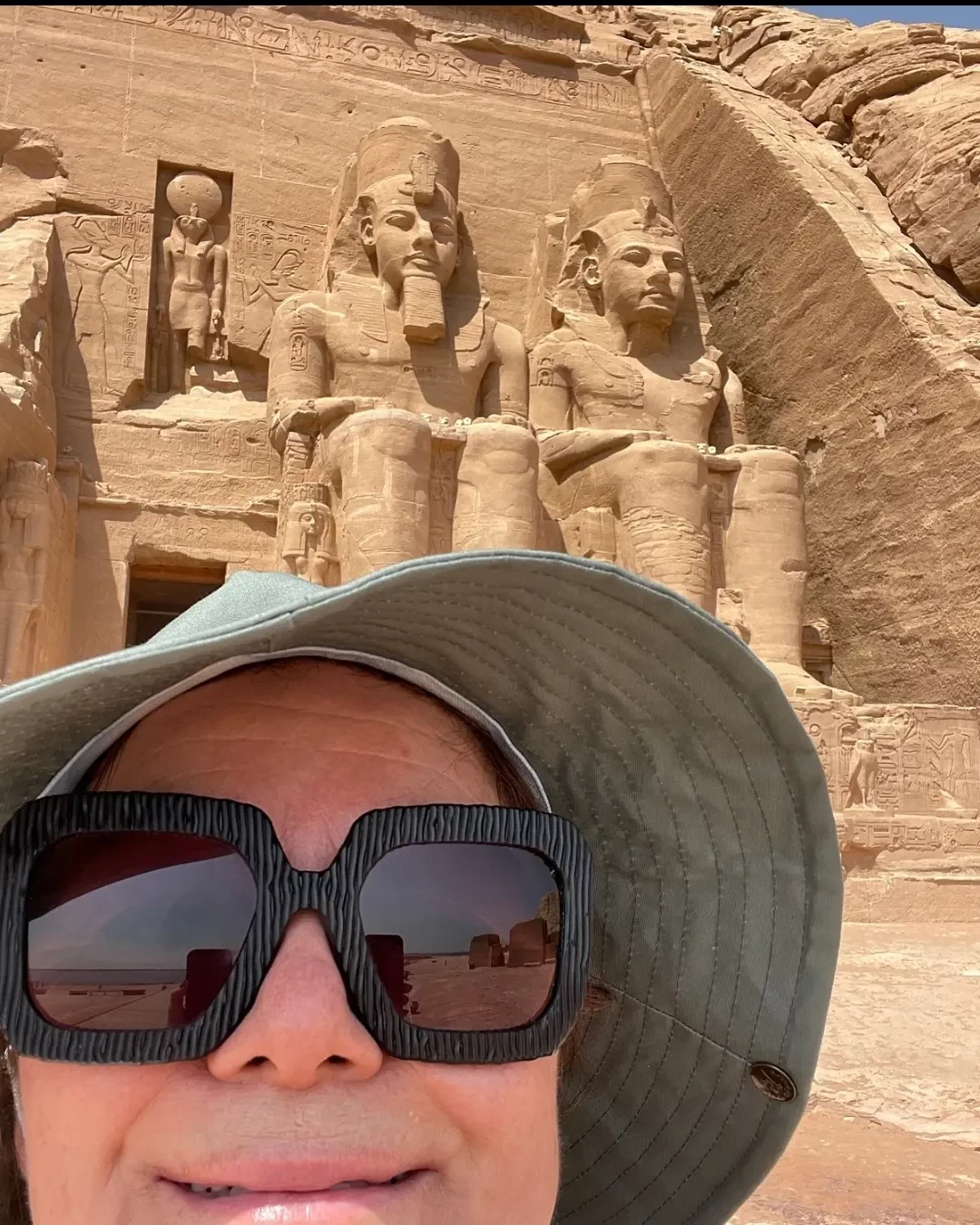
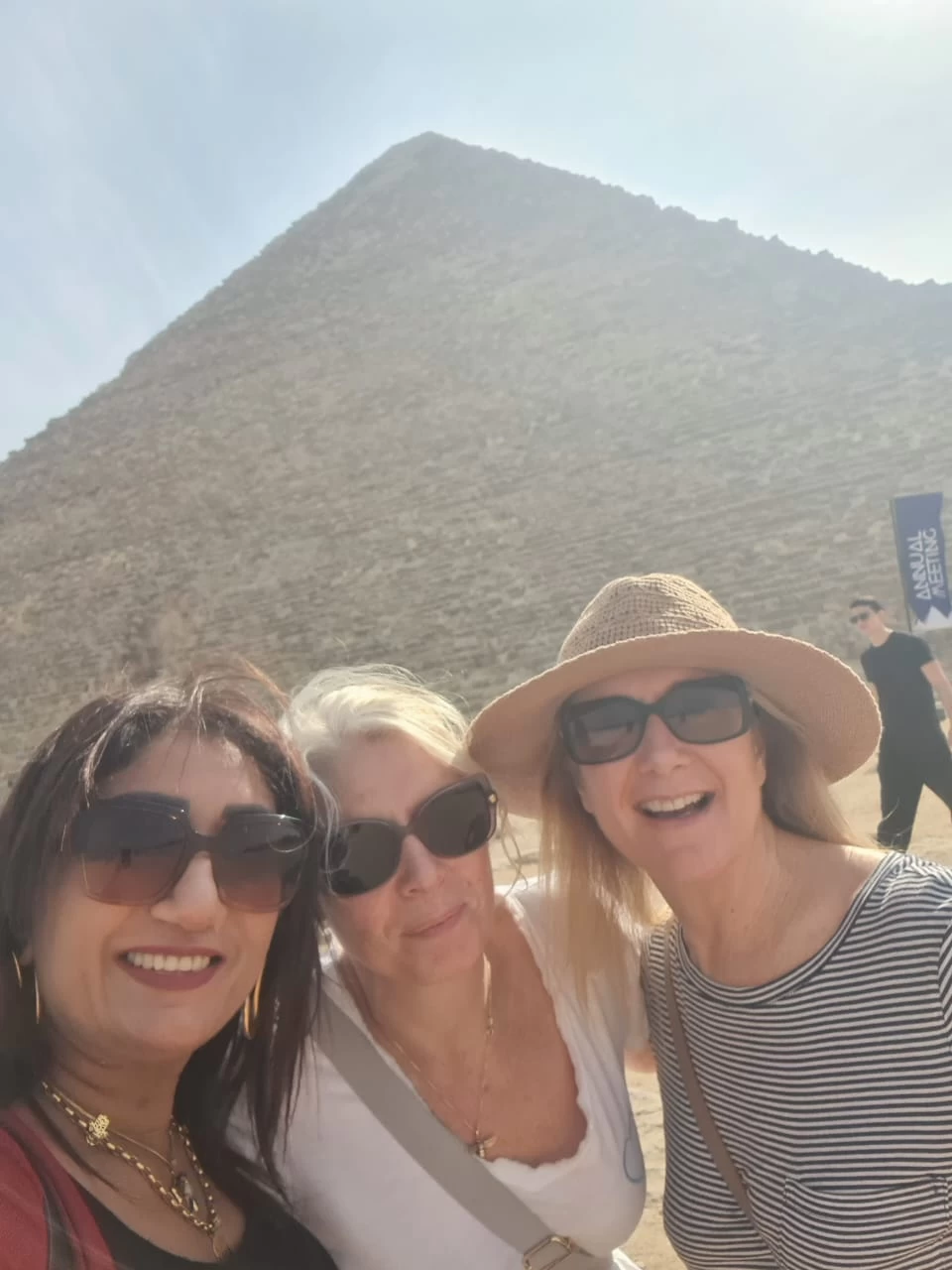
-webp.webp)


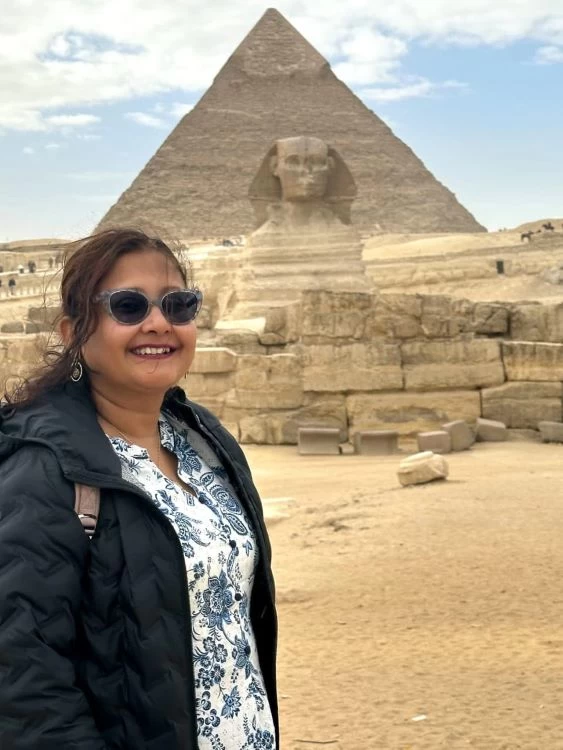
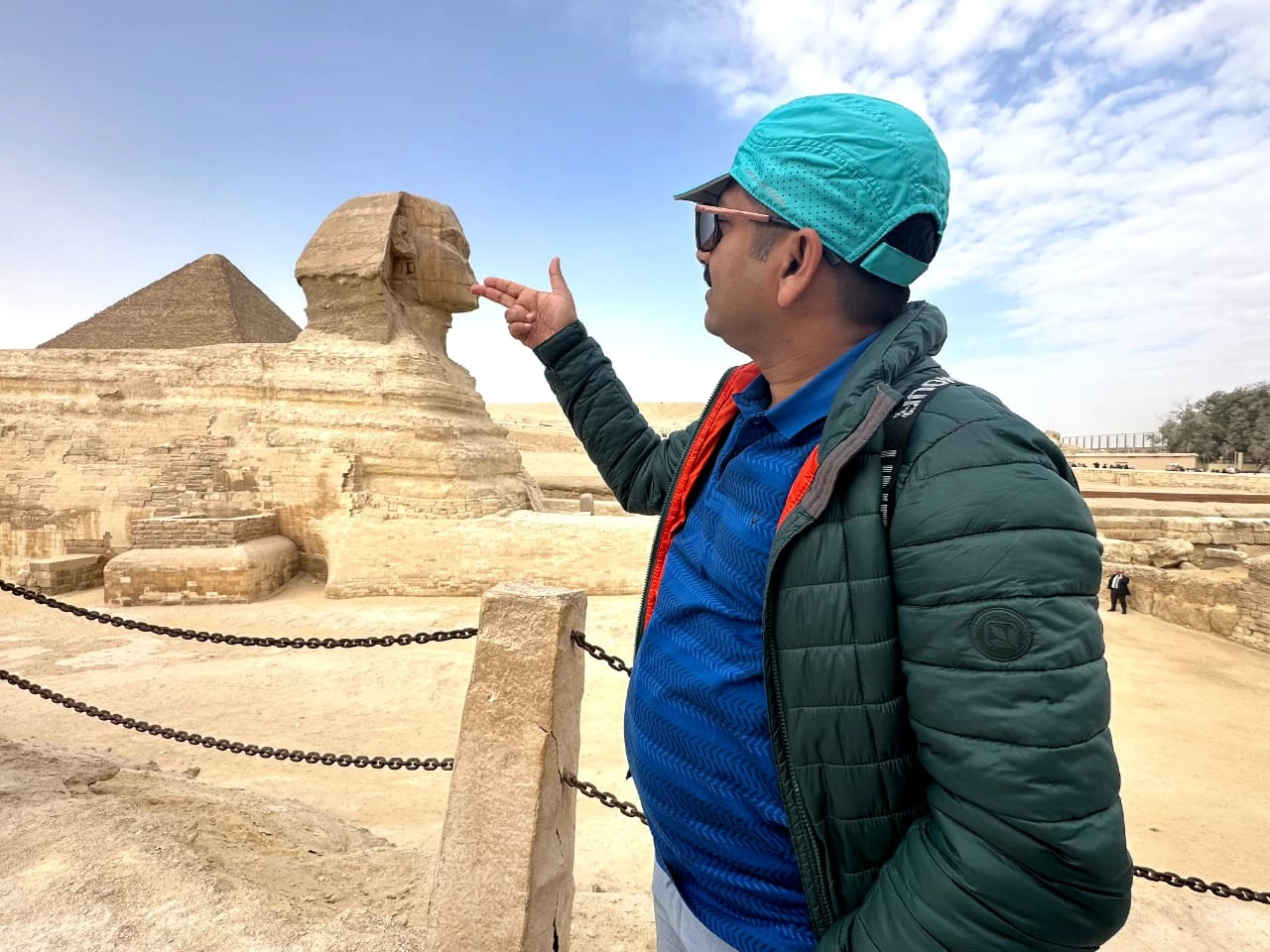
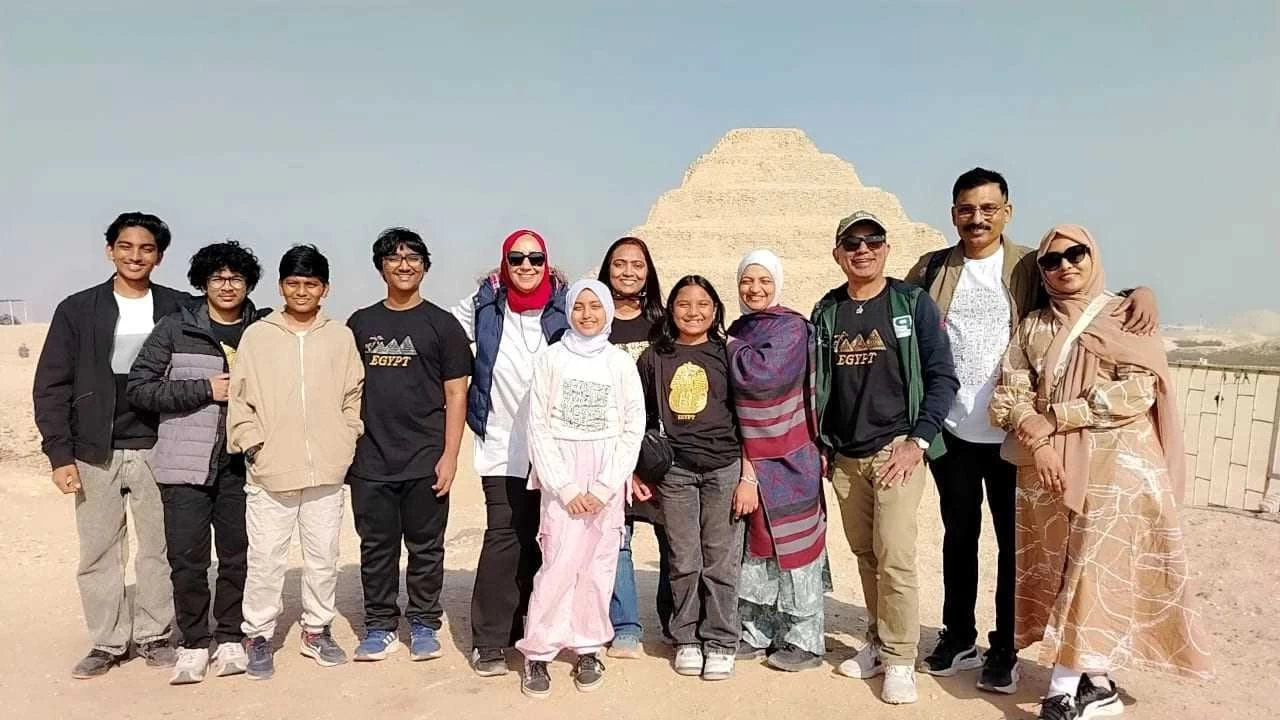
-webp.webp)
-webp.webp)
-webp.webp)
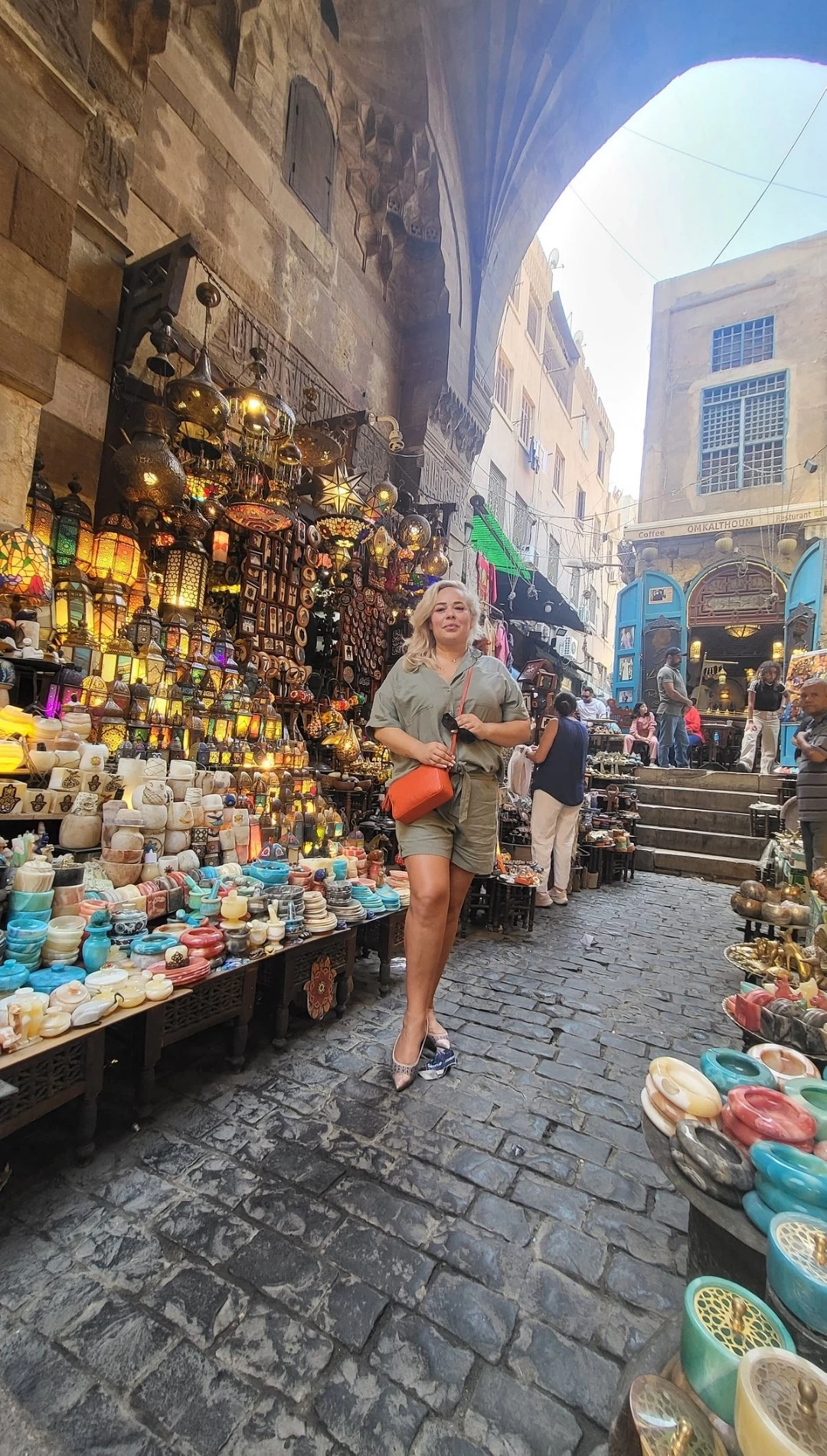


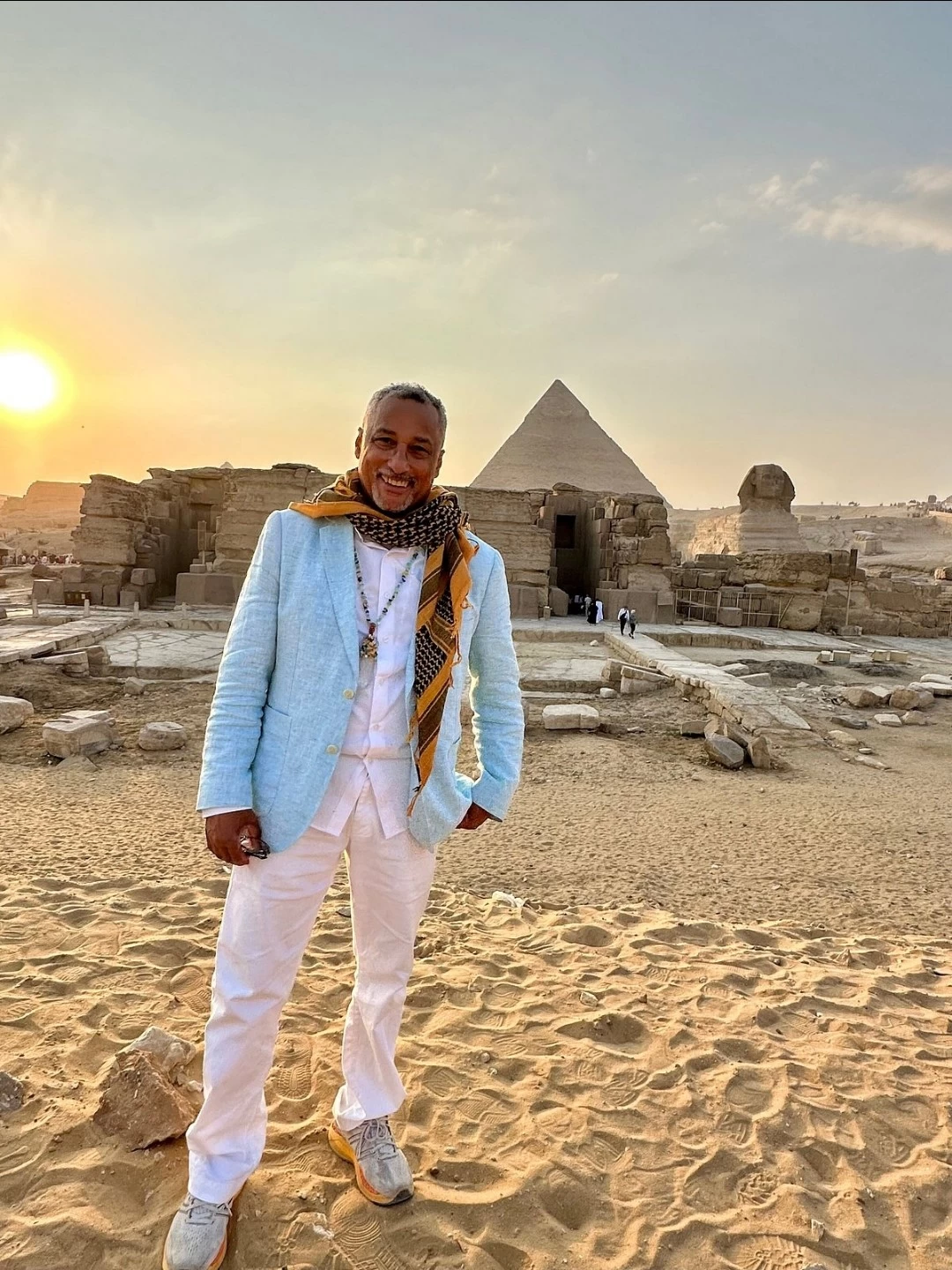
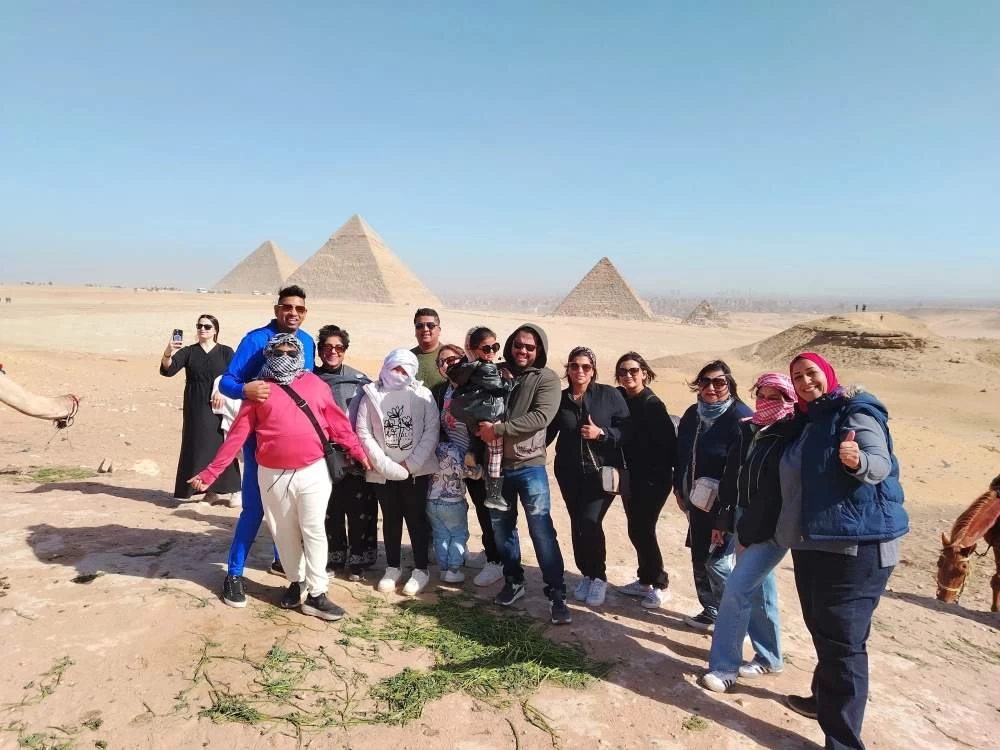
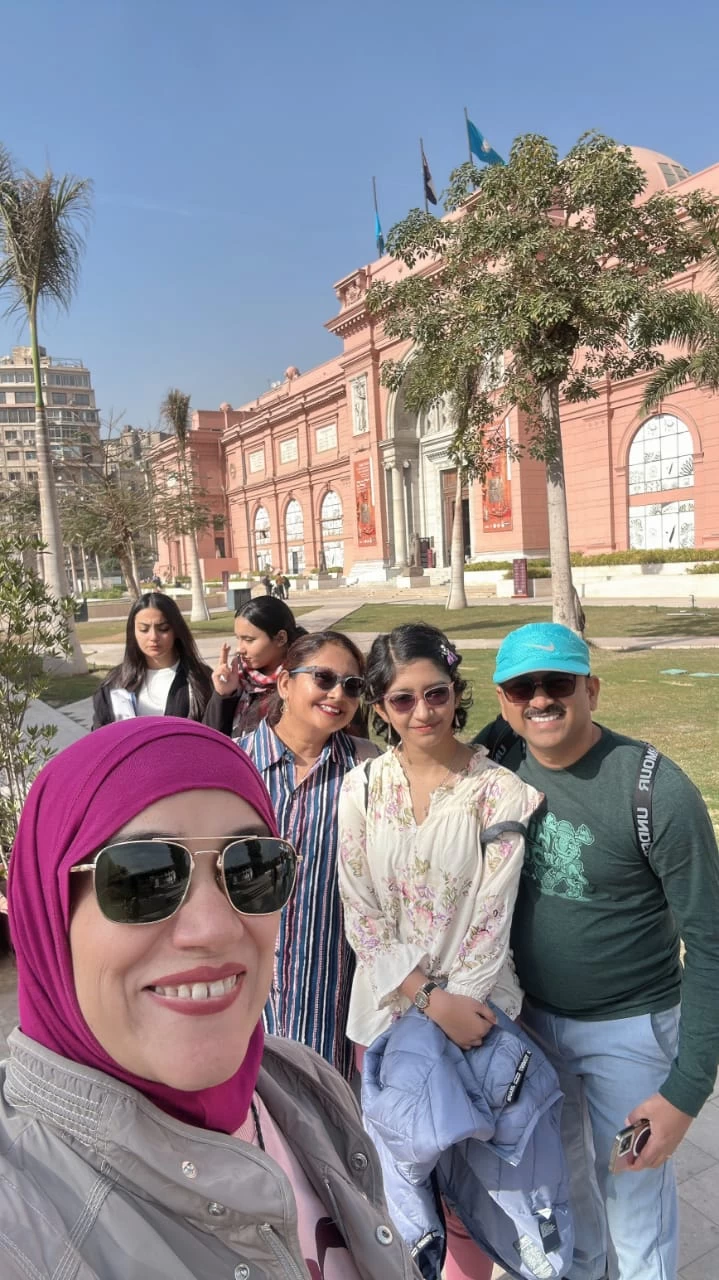
-webp.webp)
-webp.webp)
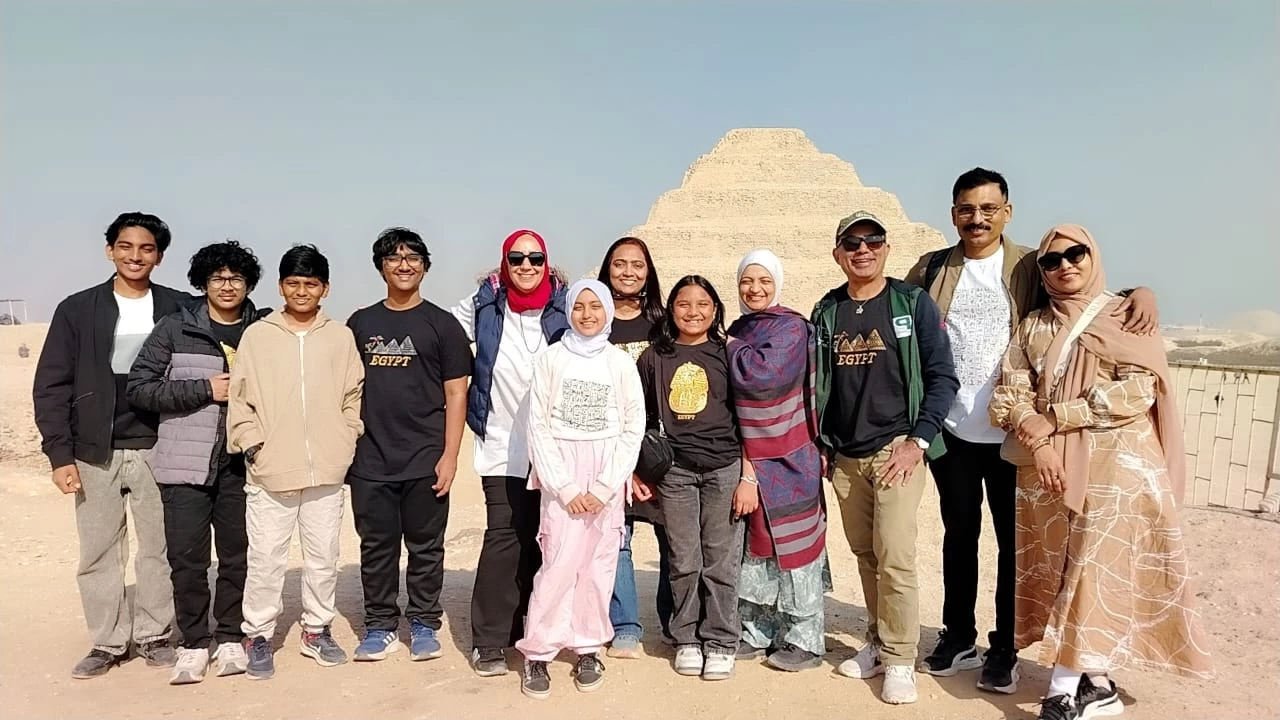
-webp.webp)
-webp.webp)
-webp.webp)
-webp.webp)
-webp.webp)
-webp.webp)
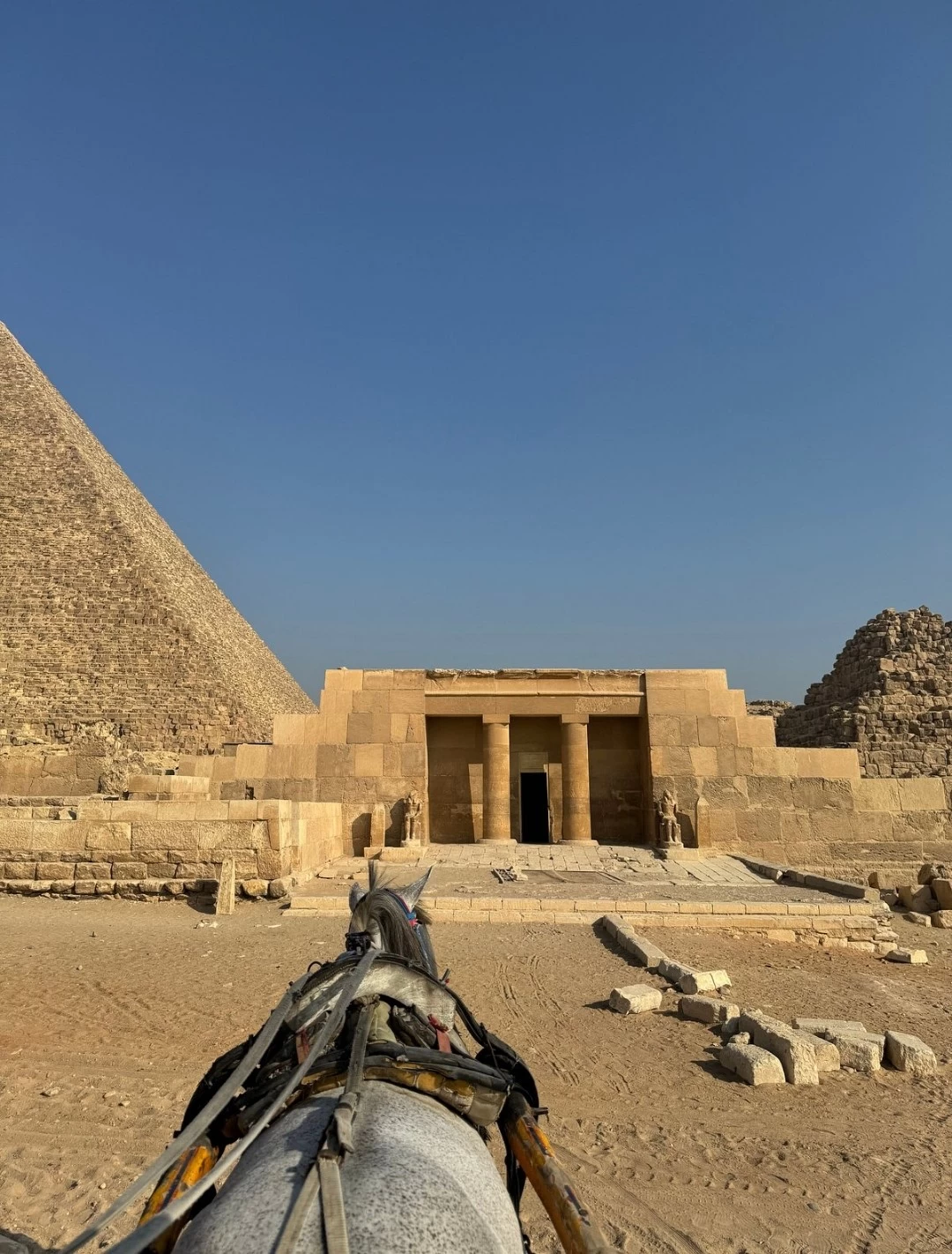
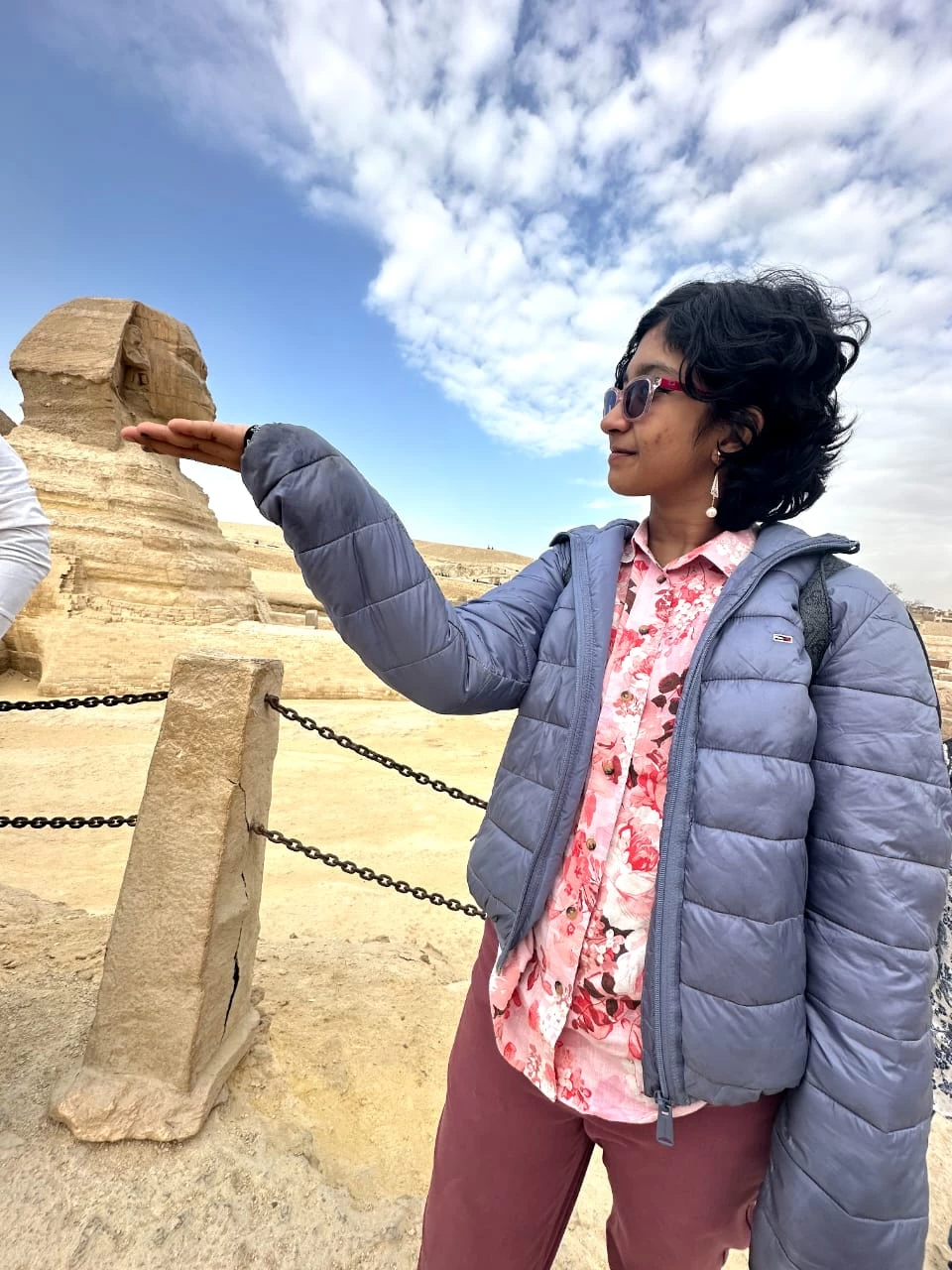
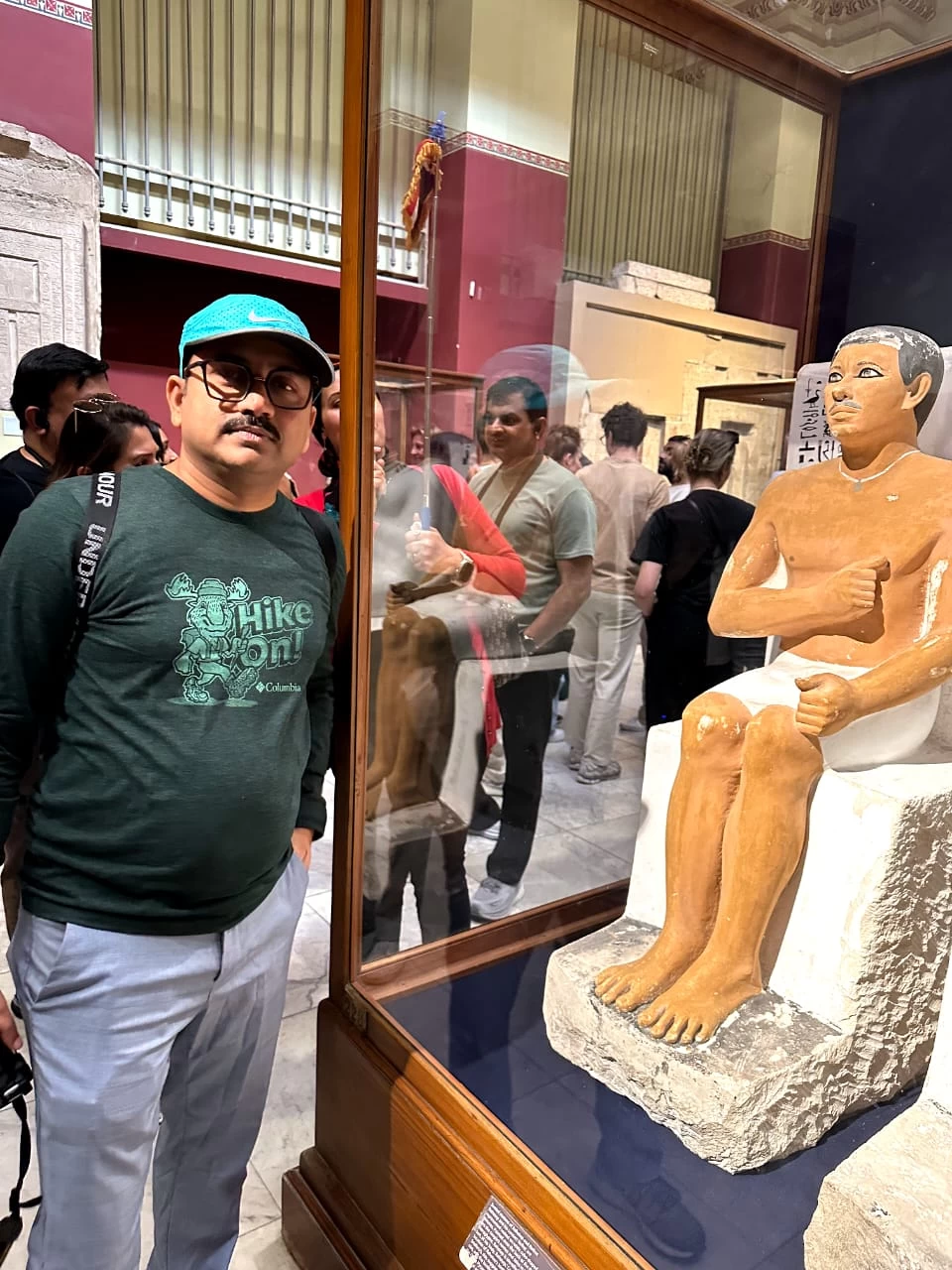
-webp.webp)
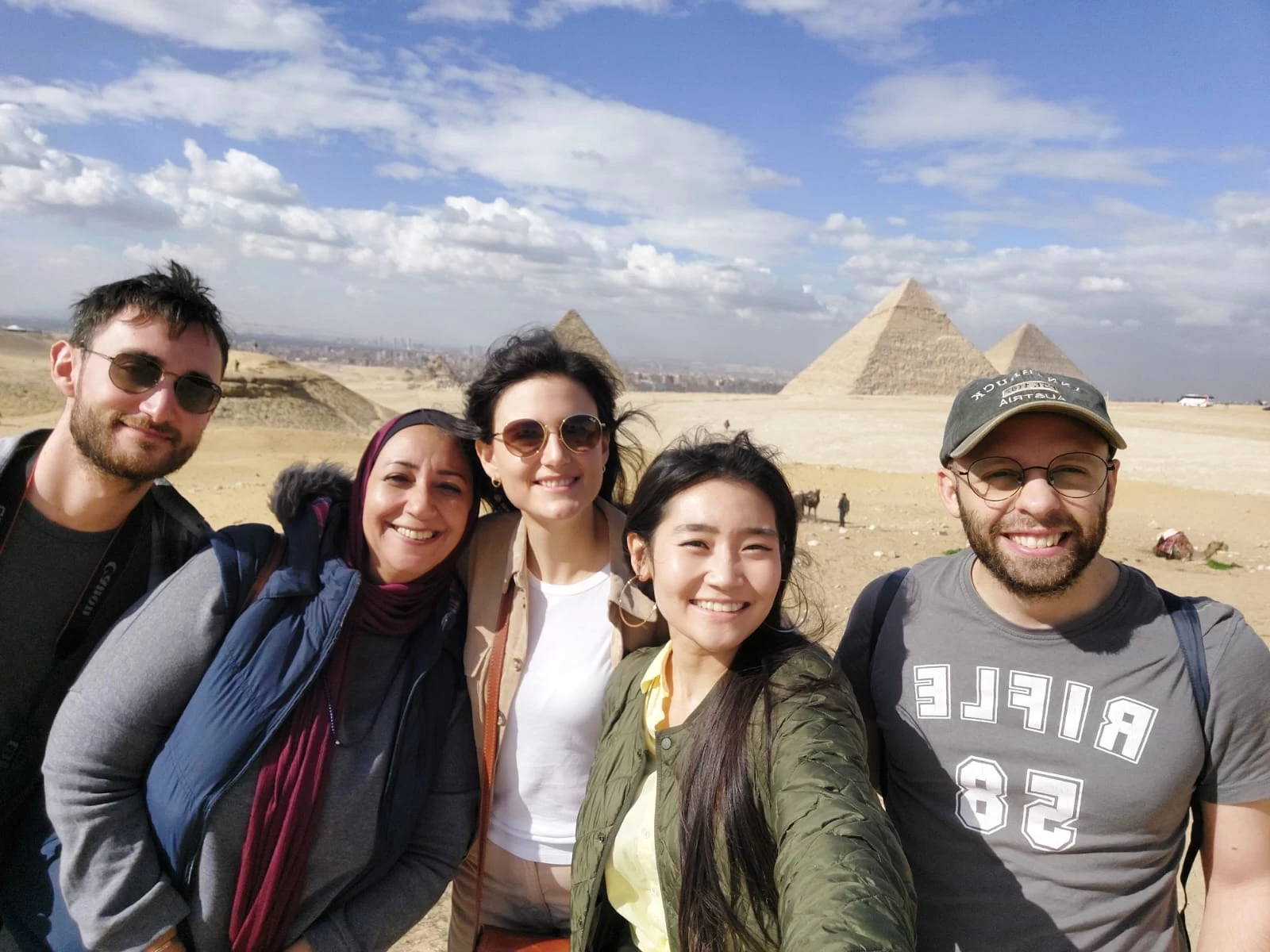
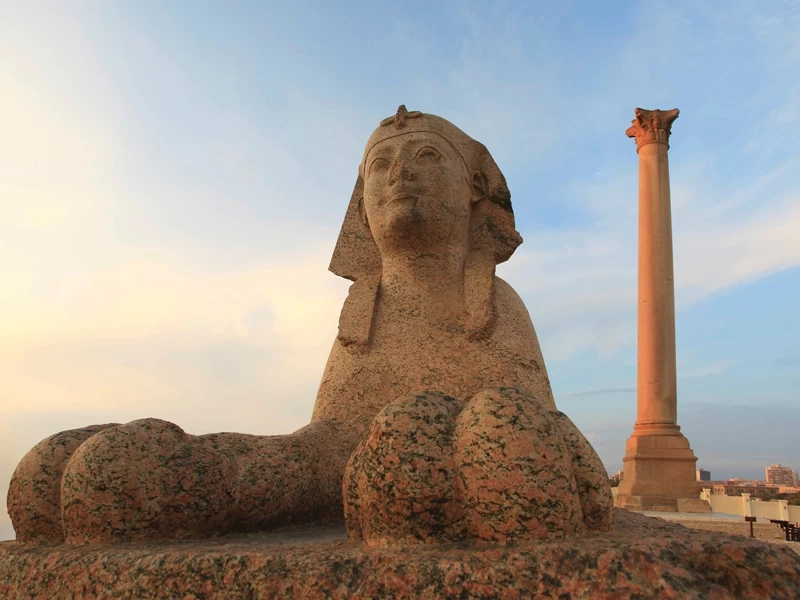
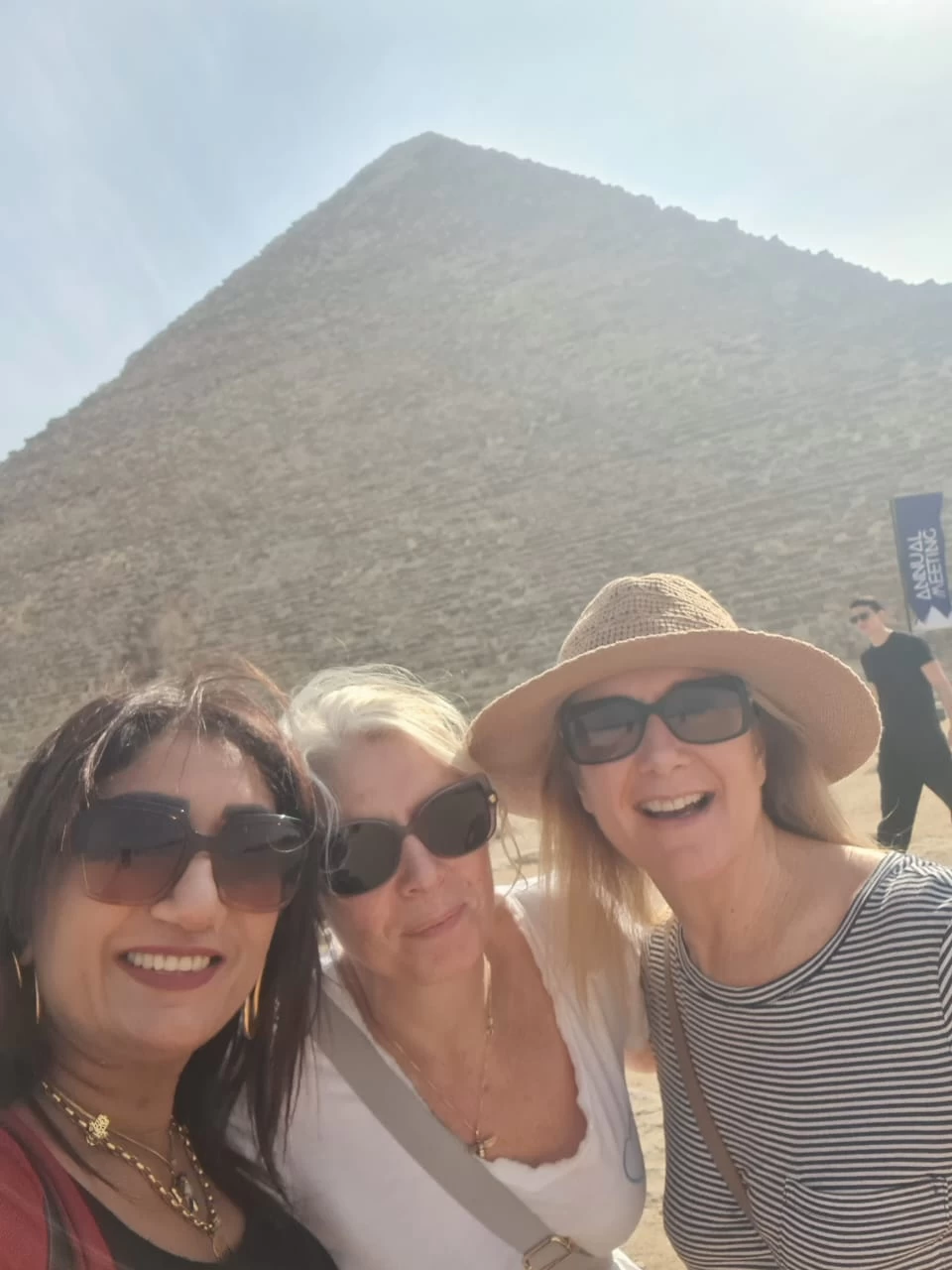


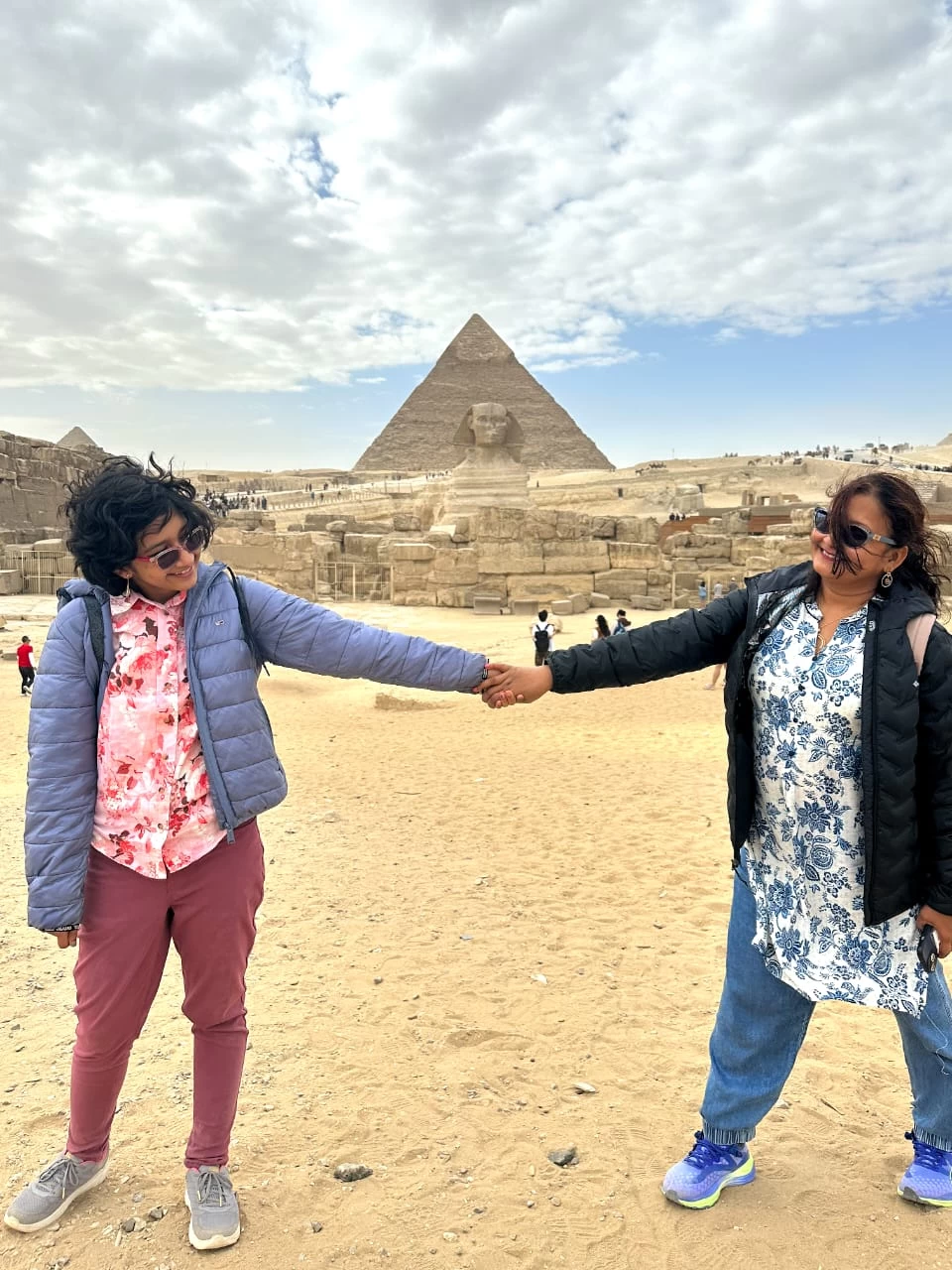
-webp.webp)
-webp.webp)










.png)

